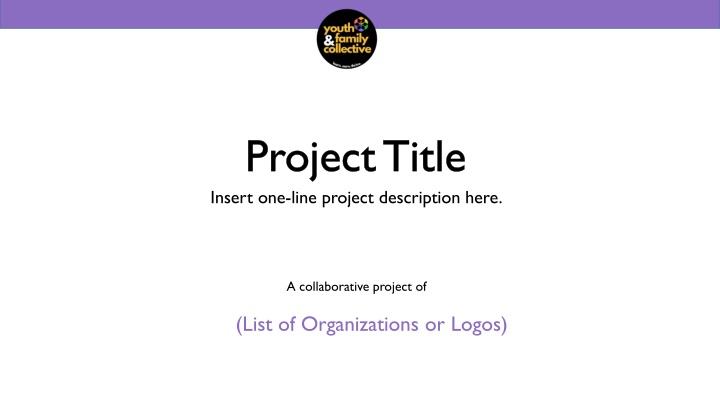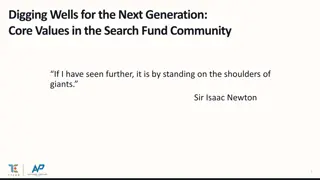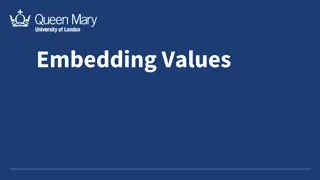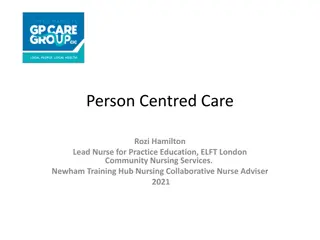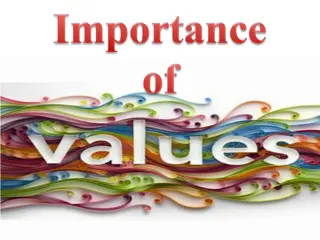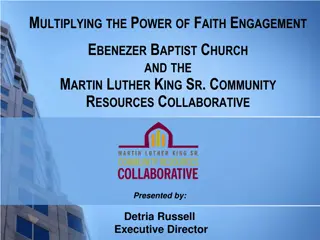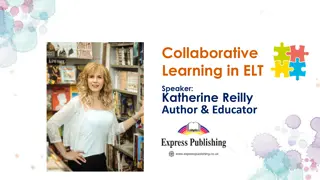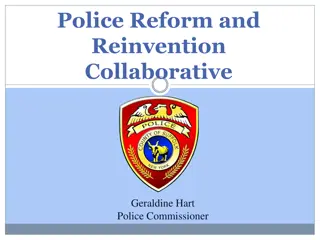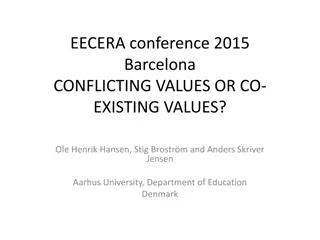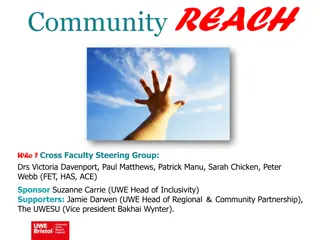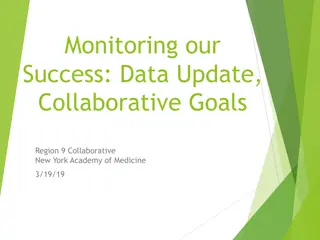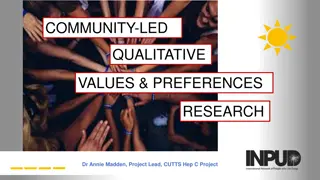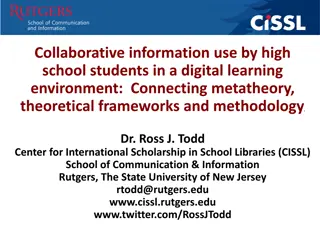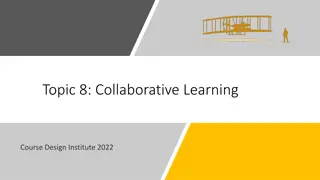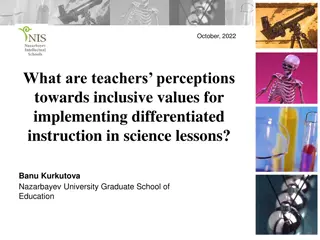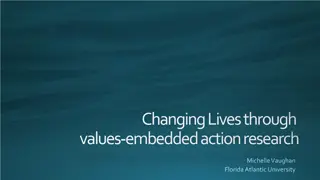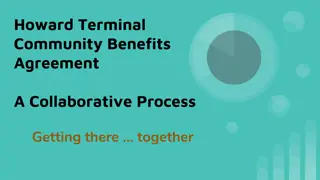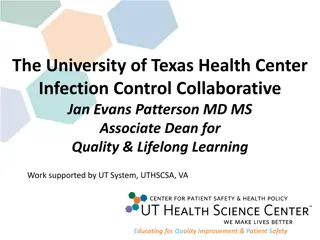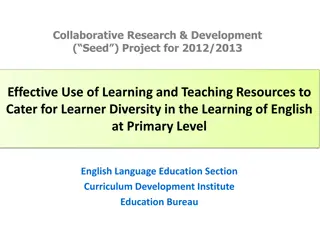Collaborative Project for Community Values
A collaborative project focusing on community values, agreements, project components, outcomes, funding sources, partner grid, decision-making process, and communication plans for effective project implementation.
Download Presentation

Please find below an Image/Link to download the presentation.
The content on the website is provided AS IS for your information and personal use only. It may not be sold, licensed, or shared on other websites without obtaining consent from the author.If you encounter any issues during the download, it is possible that the publisher has removed the file from their server.
You are allowed to download the files provided on this website for personal or commercial use, subject to the condition that they are used lawfully. All files are the property of their respective owners.
The content on the website is provided AS IS for your information and personal use only. It may not be sold, licensed, or shared on other websites without obtaining consent from the author.
E N D
Presentation Transcript
Project Title Insert one-line project description here. A collaborative project of (List of Organizations or Logos)
Community Values We use questions like: What core values support a strong team? What are our personal and professional values? Example
Community Agreements We use questions like: What do these values look like in action? How do we aspire to work together? Example
Project Title Goal: Target Population: Project Components: 1. 2. 3.
Project Component #1 Objective: Activities: ** Duplicate slide for each key project component.
Funding Source What is the funding source and what does this mean for the project? Federal, state, local gov t, corporate donation, or private foundation Reimbursement grant Grant reporting and data collection requirements What is important to the funder? Funder priorities Key grant themes
PARTNER GRID Organization Project Component #1 Project Component #2 Project Component #3 Admin Responsibilities Org #1 Org #2 Org #3 Org #4
Decision-Making Process Non-Negotiable Collaborative Decisions Autonomous Decisions Examples: Funder/Grant Requirements Examples: (Decisions that should go back to the group to decide as they impact project or group as a whole.) Examples: Model: Model: Consensus? Majority voting? Other? Model: Project stakeholder can make autonomous decisions without consulting with the group. What do we do if we cannot agree?
Communications Plan Internally: When and how will you meet? (weekly, monthly, quarterly; in-person, virtually?) When and how will you communicate? (calendar invites, email system/platform considerations, weekly/monthly updates?) Document sharing Externally: Who can and what capacity speak for the group? How will project information be shared?
Evaluation Plan What are key factors/components of the evaluation plan? Is there a third-party evaluator? When & how will data be collected? What organization(s) are responsible for collecting data? What organization(s) is/are responsible for monitoring, analyzing, and/or reporting on data? How will data be shared across organizations? What standards of confidentiality must be upheld (e.g. HIPAA Compliance)? How is data secured?
Evaluation Plan We often use grids or checklists to outline data collection tools, why they are used, and how/when to submit for collaborative projects. Document/Tool Why are we using this? Collect basic youth info and baseline data. When? How? Example: Youth Enrollment Form On or before fist day of programming. Youth complete online survey.
What other community resources, support, or dynamics should we consider to be successful?
Participant Experience/Systems Map We use tools like Miro or Microsoft s Mural to map the participant experience. We have used flowchart templates to support the process. We look at how a participant engages in a program through various phases such as recruitment, programming, or graduation and how the participant interacts with each partner. We sometimes consider gain points or pain points for participant engagement at key points in the process.
Project Timeline Project Planning Implementation Sustainability or Project End Evaluation Data Collection Reporting Continuous Quality Improvement List Key Activities List Key Activities Key Activities TENTATIVE DATES TENTATIVE DATES TENTATIVE DATES TENTATIVE DATES
For More Information Contact: Rachel Minnick, Youth & Family Collective Director rachelm@youthandfamilycollective.org www.proyouthandfamilies.org/yfc Additional Resources: Impact Networks by David Ehrlichman www.converge.net
